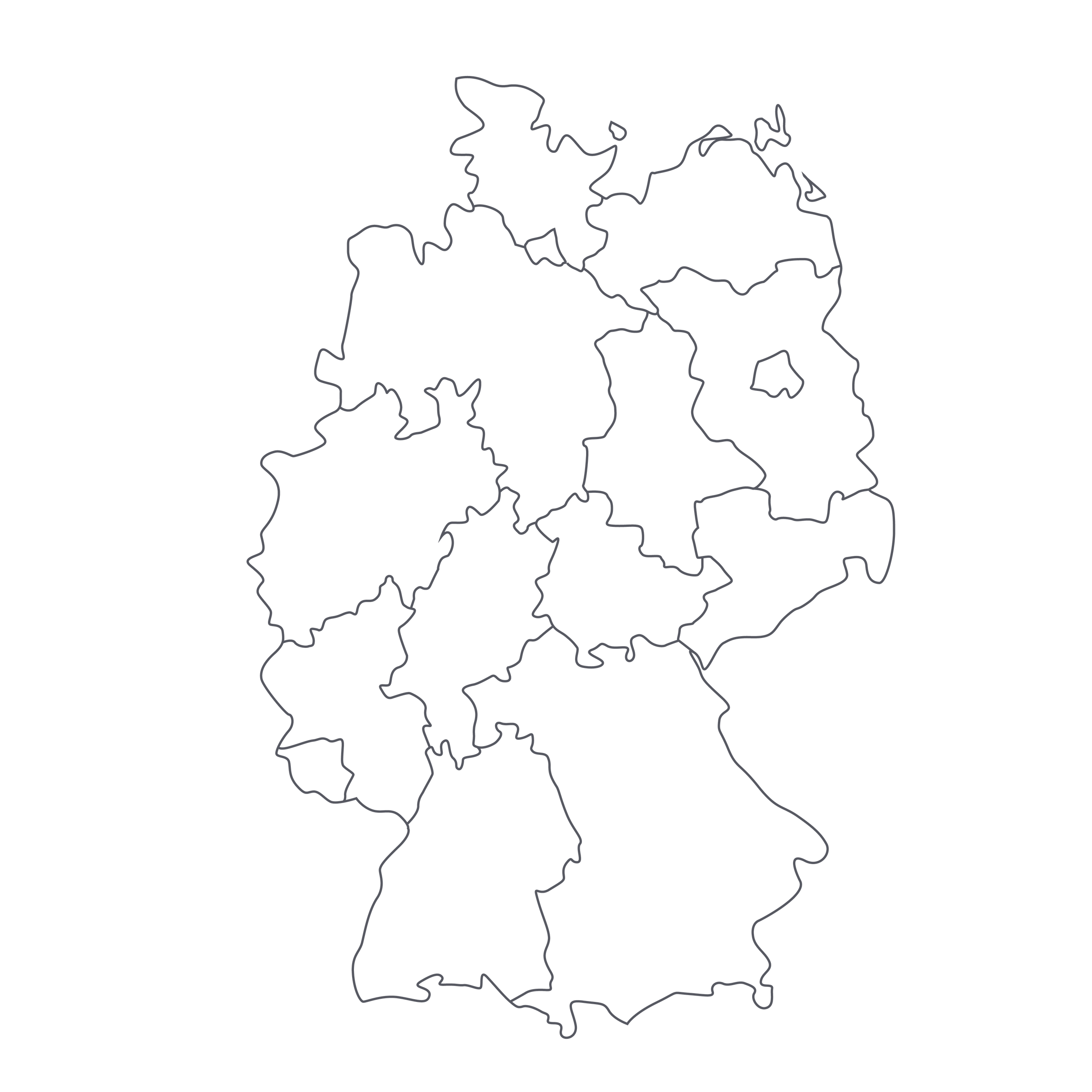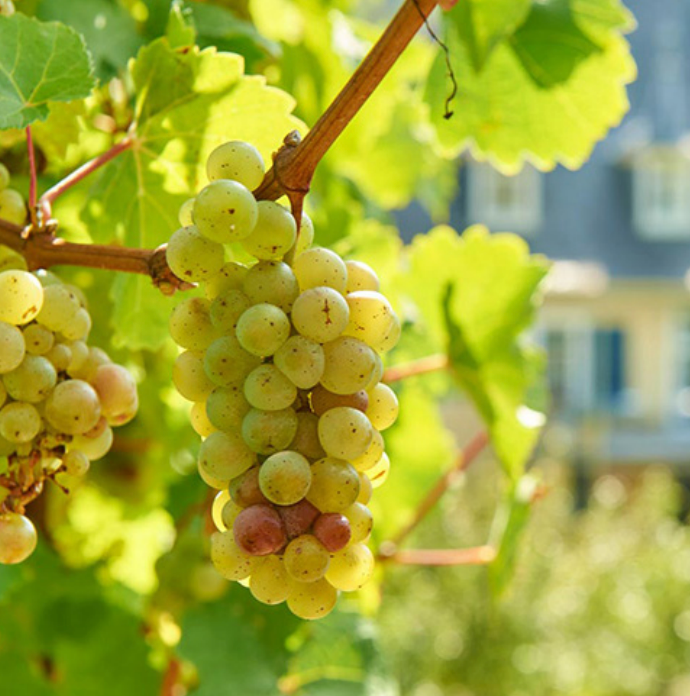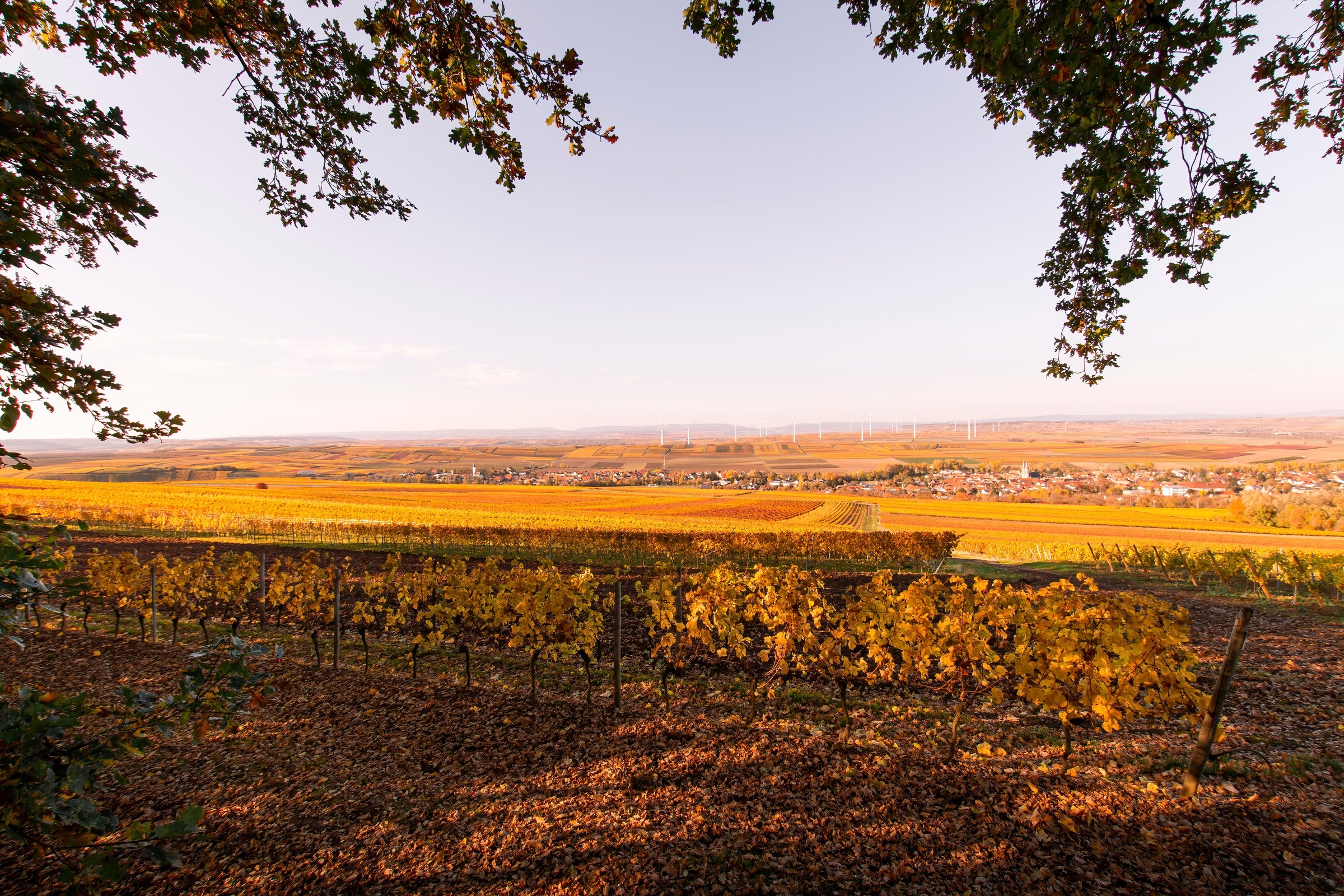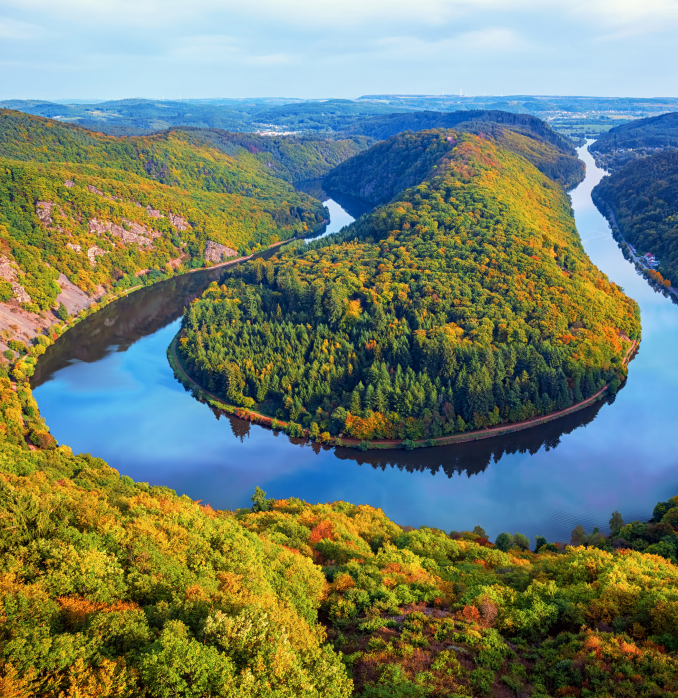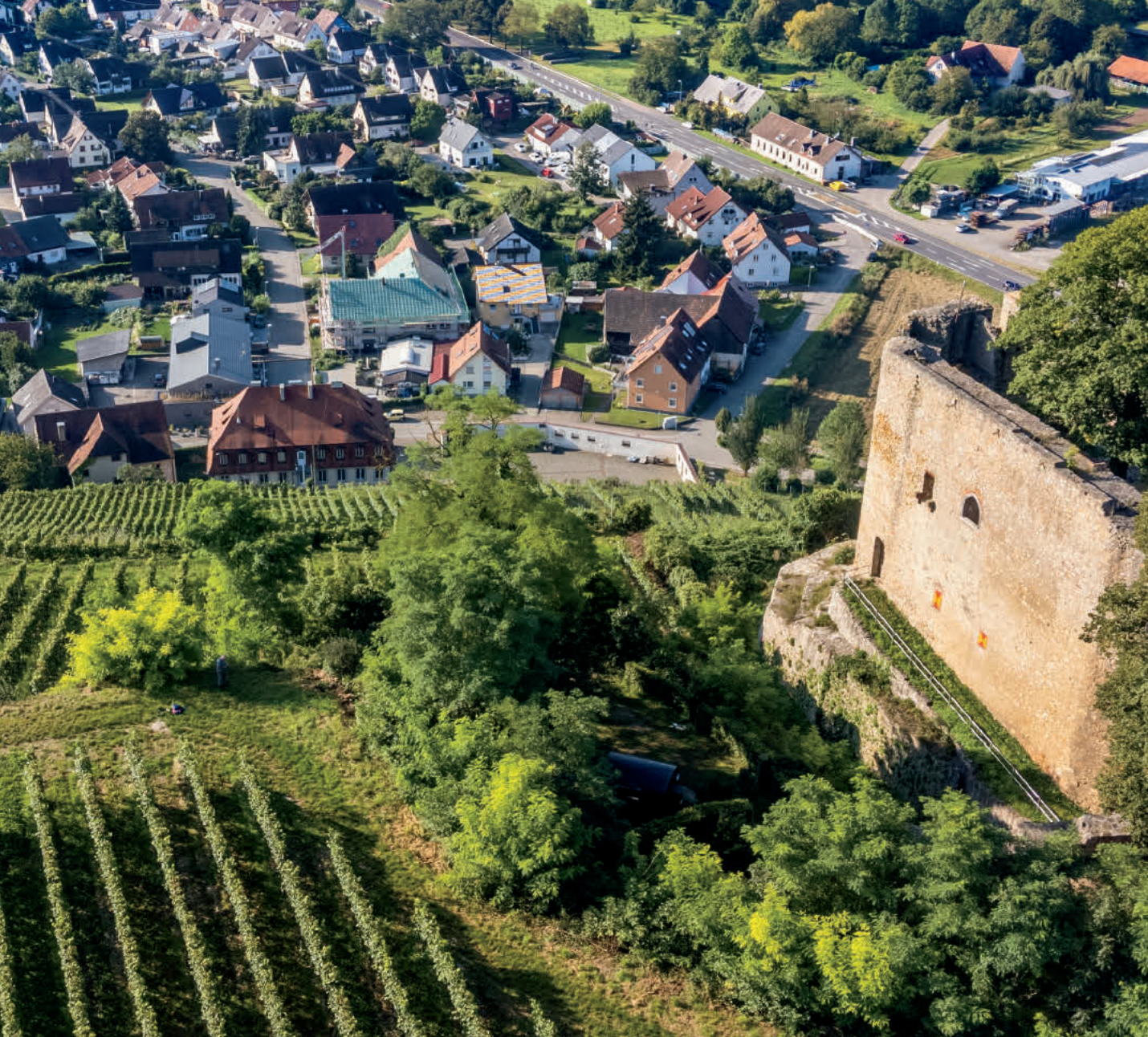Today, you have the limited opportunity to experience a spectacular, 17-year-old bottling from one of the greatest jewel-box vineyards in Germany. Spotting a label with “Erdener Prälat” is a tough-enough task, but acquiring Moselschild’s is near impossible. Why? Roughly a dozen producers scrap over this sun-soaked, four-acre site, and the small quantity that Moselschild crafted was sold locally—mostly to guests that frequented their family-owned, timber-framed inn above the cellar.
“Prälat” is one of the most cherished sites in all of Mosel, renowned for its incredible exposure on a hair-raising slope and its ancient (100+-year-old) vines buried in slate soils. This hallowed vineyard produces Riesling of intense opulence and tension, ones that burst with unfathomably ripe tropical/stone fruits and bracing minerality. Here’s the kicker though: As of (circa) 2010, Moselschild doesn’t make this anymore—they don’t make anything. This was a family of innkeepers that had a passion for winemaking, but after the last dedicated
vigneron passed away, they sold off the few fractions of parcels they owned. The silver lining? They had a cellar brimming with back-vintage rarities—where I tasted today’s 2001. It rattled me to my core with its evocative aromatics, stunning opulence, and perfect sweet/savory balance. Until last month, these bottles had never moved from their place of production. They are truly special gems that will only become rarer as time passes, so we are thrilled to have stumbled upon them. Six per person until our stock disappears!
While Moselschild’s wines were highly touted by the guests of their inn and a smattering of local businesses, they never were exposed to the outside market, thus their price-to-quality ratio is flying off the charts. Their operation was a small and humble one: Owned by Kurt Schild and family, it was an inn first and foremost, but with them owning premium parcels of land in the lauded villages of Urzig and Erden, winemaking became a “side hobby.” Their micro-production wines aged in old oak barrels, were bottled by hand, and retrieved from their cellar on an ad-hoc basis—be it for a nightcap in a guest’s room, a pairing at their restaurant, or a small local sale out the back door. This was a fine life for them, up until the old generation passed and there weren’t enough hands on deck to continue crafting wine. Therefore, they sold off their vines to local wineries around 2010—Weingut Karl Erbes was the big winner, claiming Moselschild’s few cherished slivers of “Erdener Prälat” (specifically, .15 acres, which is roughly the equivalent of three singles tennis courts).
None of this, however, mattered back in 2001: they were still juggling inn-keeping, restaurant management, and, thankfully for us, winemaking—especially from Prälat. This is a vineyard that delivers some of the most opulent Rieslings in Mosel; exposed to so much sun, that wines rarely are harvested at “Kabinett” and “Spätlese” levels of ripeness. And then we have the terroir it sits on: a blend of blue and red slate (
here’s a cut of the soil) that clings to a seemingly vertical hillside—just check the
harvest at Karl Erbes (the same parcel they bought from Moselchild). Back in their tiny cellar, the wine underwent a long, natural fermentation in just a few eons-old wooden barrels. It was then bottled after a year with both a healthy amount of residual sugar and a high level of acidity. Tack on 16 years of undisturbed aging and the result is a fully-integrated Mosel Riesling of the highest (and richest) quality. Fun fact: Several vintners who have ownership in Prälat (e.g. Dr. Loosen, Mönchhof, Karl Erbes) are allowed to use the same yellow label with an amicable prelate—
prälat, in German—admiring a glass of wine.
Moselschild’s 2001 “Erdener Prälat” Riesling Auslese displays an energetic bright yellow-gold core with silver reflections; while it does show some beautifully mature aromatics, no one in our office guessed it to be nearly 20 years old! The alluring nose bursts with the ripest mangos, yellow apples, and quince you could imagine, followed by petrol, lemon curd, peach preserves, and wet slate. Sure, they’ve managed to bottle hedonism here, but it isn’t “unctuous.” The wine possesses amazing balance and poise—the rich, delicately sweet, mouth-coating palate is always accompanied by live-wire acidity that keeps its flavors fresh and vivid. If you’re savvy enough to purchase a handful of these bottles, then I know you’re also going to stow a few for the long haul. Sure, you can and should enjoy this now with a platter of charcuterie, cheese, and nuts, or with the attached peach cobbler, but your remaining bottles are worth holding onto for another 10, 20, even 30 years. Yes, the wine has that much energy and structure! Bottom line: Whenever and wherever you enjoy it, do just that—enjoy! It’s such a luxuriously complex treat, not to mention it’s about as rare as wine gets in this price range.


